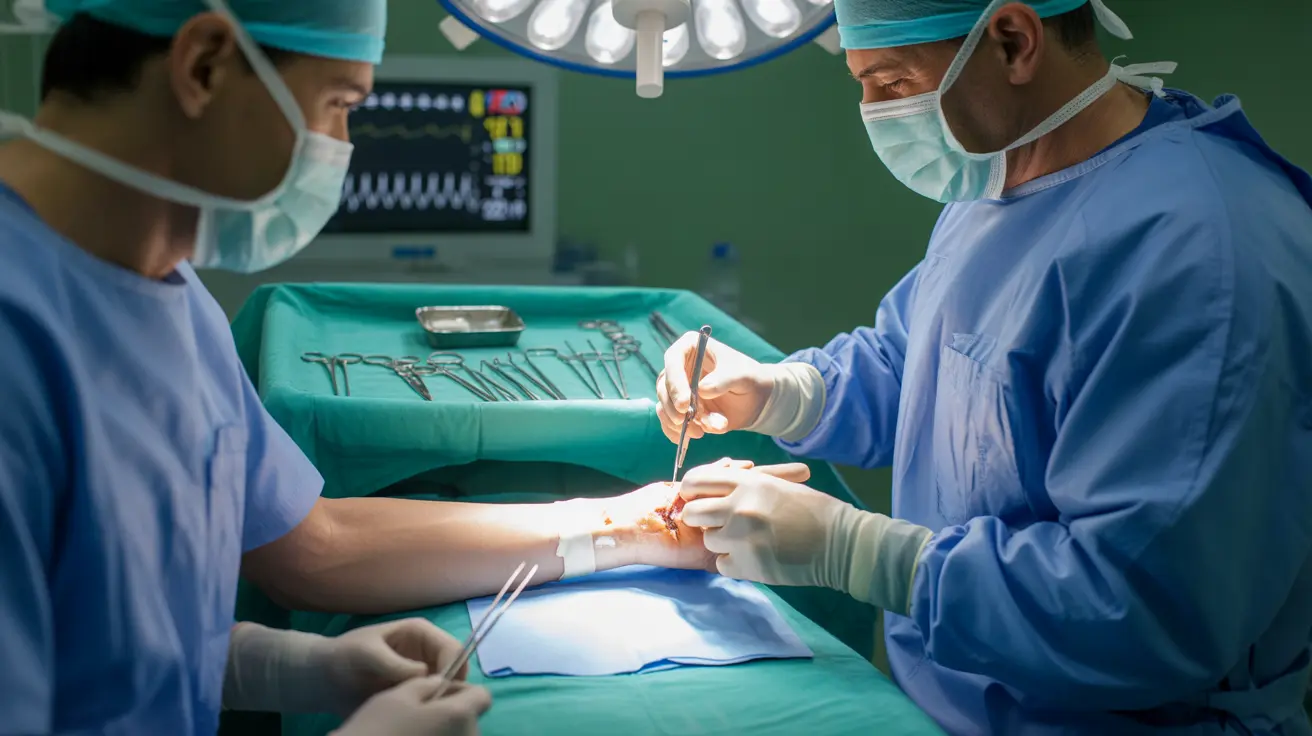An excisional biopsy is a surgical procedure where doctors remove an entire suspicious mass or abnormal tissue area for detailed laboratory examination. This diagnostic technique plays a crucial role in cancer detection and treatment planning, offering both diagnostic information and potential therapeutic benefits in certain cases.
If your healthcare provider has recommended an excisional biopsy, understanding what to expect can help ease anxiety and ensure proper preparation. This comprehensive guide covers everything from the procedure itself to recovery and potential outcomes.
What Is an Excisional Biopsy?
An excisional biopsy involves surgically removing an entire suspicious growth or abnormal tissue area, along with a small margin of surrounding healthy tissue. This procedure differs from other biopsy types because it removes the complete lesion rather than just a sample, allowing for both diagnostic testing and potential treatment in some cases.
Preparation and Planning
Before undergoing an excisional biopsy, your healthcare provider will conduct a thorough evaluation and provide specific preparation instructions. These typically include:
- Reviewing your medical history and current medications
- Completing necessary imaging studies
- Fasting requirements if general anesthesia is needed
- Arranging transportation home after the procedure
- Stopping certain medications that might increase bleeding risk
The Procedure Process
An excisional biopsy typically follows these steps:
Administration of Anesthesia
Depending on the location and size of the tissue being removed, your doctor will use either local or general anesthesia to ensure your comfort during the procedure.
Surgical Removal
The surgeon makes an incision to access and remove the entire suspicious area, including a margin of healthy tissue. The size of the incision depends on the location and extent of the tissue being removed.
Closure and Dressing
After removal, the surgical site is carefully closed with sutures and covered with appropriate dressing materials. The removed tissue is sent to a laboratory for detailed analysis.
Recovery and Aftercare
Recovery from an excisional biopsy varies depending on the procedure's location and extent. Most patients can return to normal activities within a few days to weeks, following their healthcare provider's specific instructions for wound care and activity restrictions.
Post-Procedure Care Tips
- Keep the surgical site clean and dry
- Follow medication instructions carefully
- Attend follow-up appointments as scheduled
- Monitor for signs of infection or complications
- Gradually resume normal activities as advised
Results and Follow-up
Laboratory analysis of the removed tissue typically takes several days to complete. Your healthcare provider will schedule a follow-up appointment to discuss the results and any necessary next steps in your treatment plan.
Frequently Asked Questions
What are the main differences between an excisional biopsy and an incisional biopsy?
An excisional biopsy removes the entire suspicious area along with a margin of healthy tissue, while an incisional biopsy only removes a portion of the suspicious tissue for testing. Excisional biopsies can serve both diagnostic and therapeutic purposes, whereas incisional biopsies are purely diagnostic.
How long does it typically take to recover from an excisional biopsy procedure?
Recovery time varies depending on the biopsy location and extent, but most patients return to normal activities within a few days to two weeks. Complete healing may take several weeks, and follow-up care is essential for optimal recovery.
What are the potential risks and complications associated with an excisional biopsy?
Common risks include bleeding, infection, scarring, and pain at the biopsy site. Less common complications might include delayed healing, adverse reactions to anesthesia, or damage to surrounding tissues. Your healthcare provider will discuss specific risks based on the biopsy location and your medical history.
Can an excisional biopsy completely remove a tumor and serve as a form of treatment?
Yes, in some cases, particularly with small, benign tumors, an excisional biopsy can serve as both a diagnostic tool and definitive treatment. However, if cancer is detected, additional treatment may be necessary depending on the results.
How do I prepare for an excisional biopsy, and what can I expect during the procedure?
Preparation typically involves reviewing medical history, completing necessary imaging studies, and following specific instructions about medications and fasting. During the procedure, you'll receive appropriate anesthesia, the surgeon will remove the tissue, and the site will be closed with sutures. The entire process usually takes between 30 minutes to several hours, depending on complexity.




